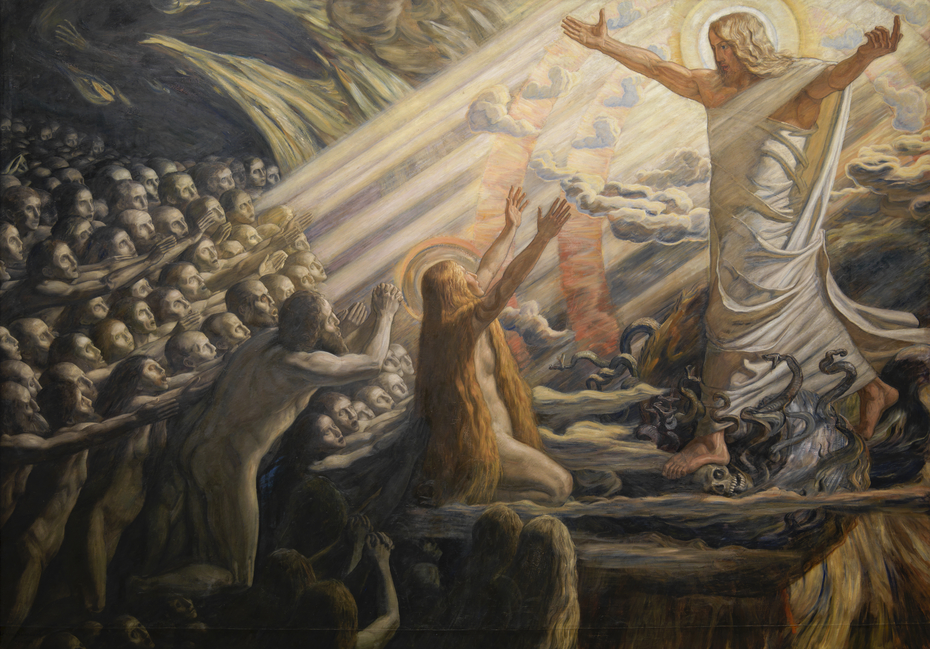
Tags
Loading...
Select from existing tags
Christ in the Realm of the Dead 1894
After the Crucifixion, Christ descends into the Realm of the Dead on Easter Eve to release the lost souls. With Adam and Eve at the front, the nameless dead reach out to the lightbringer who crushes the symbols of death and evil underfoot while a dark figure flees the light in the top left corner.
[br]
The literary basis for this scene was N. F. S. Grundtvig’s (1783-1872...
- Credit:
- Courtesy of the National Gallery of Denmark
More from this artist...
Loading...

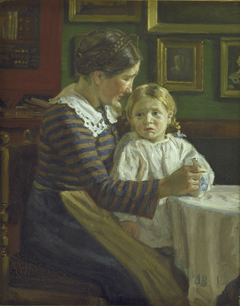
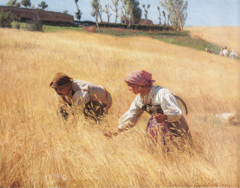
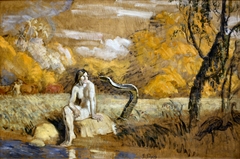
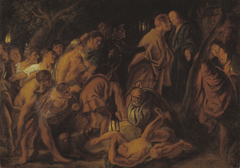


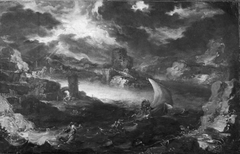
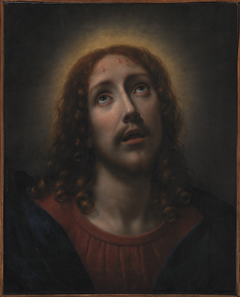
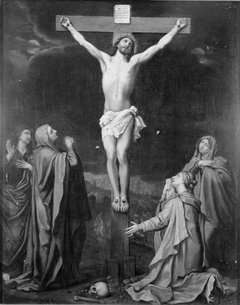

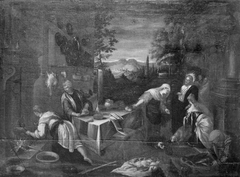
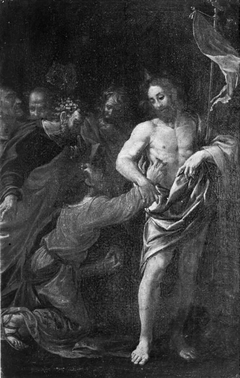
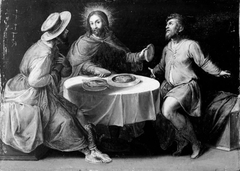
Discussion